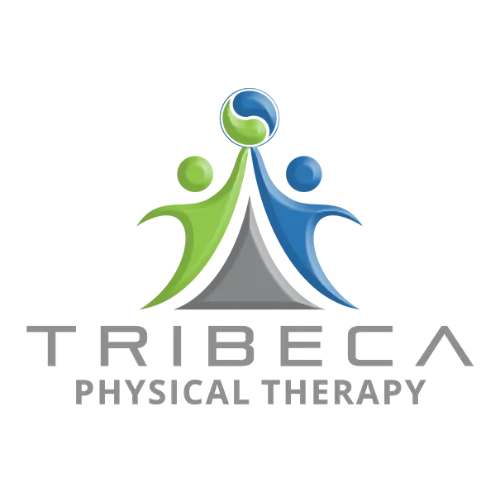Do you frequently experience feeling unsteady or light? Like as if your head is spinning or whirling which makes you wabbly when you’re standing still, lying down or changing positions? If yes, you may be at risk of balance disorder. Good balance is often taken for granted. People generally do not consider it serious, unless they already experience a severe damage on their health. Balance is achieved and maintained by a complex set of sensorimotor control systems that include sensory input from vision (sight), proprioception (touch), and the vestibular system (motion, equilibrium, spatial orientation. Among these sensorimotor control systems, imbalance is highly considered due to vestibular system malfunction. The vestibular system serves as the tie-breaker between conflicting forms of sensory information. When this system malfunction, it can no longer help resolve moments of sensory conflict, resulting in symptoms such as dizziness, vertigo, and disequilibrium. That’s why we have different vestibular therapy programs available that will help you maintain a good balance.
Common symptoms that can be helped with vestibular therapy include:
- Dizziness – A sensation of lightheadedness, faintness, or unsteadiness.
- Vertigo – The perception of movement or whirling – either of the self or surrounding objects.
- Spatial disorientation – a sensation of not knowing where one’s body is in relation to the vertical and horizontal planes.
- Disequilibrium – Unsteadiness, imbalance, or loss of equilibrium; often accompanied by spatial disorientation.
- Vision Disturbance – Trouble focusing or tracking objects with the eyes; objects or words on a page seem to jump, bounce, float, or blur or may appear doubled.
- Hearing Changes – Hearing loss; distorted or fluctuating hearing. Sensitivity to loud noises or environments
Balance problems are caused by numerous factors like injury, disease, certain drugs, aging process or other psychological factors. Some conditions were indicated below:
- Migraine – Dizziness and sensitivity to motion (vestibular migraine) can occur due to migraine headache. Migraine is a common cause of dizziness.
- Benign paroxysmal positional vertigo (BPPV) – Occurs when calcium crystals in your inner ear (which help control your balance) are dislodged from their normal positions and move elsewhere in the inner ear. BPPV is the most common cause of vertigo in adults. You might experience a spinning sensation when turning in bed or tilting your head back to look up.
- Psychogenic vertigo – Patients with panic disorder and other anxiety disorders often seek treatment for ill-defined vestibular symptoms.
- Head injury – patients with head injuries suffer from significant disability due to vestibular symptoms. Their conditions often include cognitive and central vestibular involvement along with a peripheral component.
- Meniere’s disease – A disease that can cause fluctuating hearing loss and buzzing, ringing or a feeling of fullness in your ear. The cause of Meniere’s disease isn’t fully known. Meniere’s disease is rare and typically develops in people who are between the ages of 20 and 40.
However, as we are in the process of creating programs that will help with your vestibular disorder. Vestibular therapy is an exercise-based treatment program designed by a specialty-trained vestibular physical therapist, to improve balance and reduce problems related to dizziness. They are the one who will evaluate your symptoms and review your medical history. They will assess your conditions based on the following areas: Balance and/or leg strength/flexibility, gait (how you walk), visual stability and mobility, neck mobility and neck and arm strength and positional testing (including an inner ear exam).
Most common programs to treat impaired balance are as follows:
Vestibular rehabilitation therapy (VRT) – VRT uses specific head, body, and eye exercises designed to retrain the brain to recognize and process signals from the vestibular system and coordinate them with information from vision and proprioception. The choice and form of VRT exercises will differ from person to person. The goals of Vestibular Rehabilitation Therapy (VRT) are 1) to enhance gaze stability, 2) to enhance postural stability, 3) to improve vertigo, and 4) to improve activities of daily living.
Canalith repositioning maneuvers (e.g., the Epley maneuver) – A specialized form of VRT is available to treat benign paroxysmal positional vertigo (BPPV). This treatment is often referred to as the Epley maneuver and involves a series of specifically patterned head and trunk movements to move tiny displaced otoliths to a place in the inner ear where they can’t cause symptoms.
Home-based exercise– Home exercises are often a vital part of treatment. Appropriate VRT exercises will be assigned by the physical or occupational therapist to be performed at a prescribed pace, along with a progressive fitness program to increase energy and reduce stress.
Dietary adjustments– Many people with Meniere’s disease, secondary endolymphatic hydrops, and migraine-associated dizziness find that certain modifications in diet are helpful in managing their disorder. Avoidance of non-dietary substances such as nicotine and some types of medications may also reduce symptoms.
Talk therapy counseling – Symptoms from vestibular disorders are invisible and unpredictable. This does not mean that they are imaginary, but that they often contribute to a wide range of psychological impacts. People who have a vestibular disorder often need support and may benefit from counseling to cope with lifestyle changes, depression, guilt, and grief that comes from no longer being able to meet their own or others’ expectations.
Medication – The use of medication in treating vestibular disorders depends on whether the vestibular system dysfunction is in an initial or acute phase (lasting up to 5 days) or chronic phase (ongoing).
Surgery – When medical treatment isn’t effective in controlling vertigo and other symptoms caused by vestibular system dysfunction, surgery may be considered. The type of surgery performed depends upon each individual’s diagnosis and physical condition.
Living with a vestibular disorder can affect a person’s life in many ways. Sometimes balance problems are difficult to address on your own because they may be caused by numerous factors.


